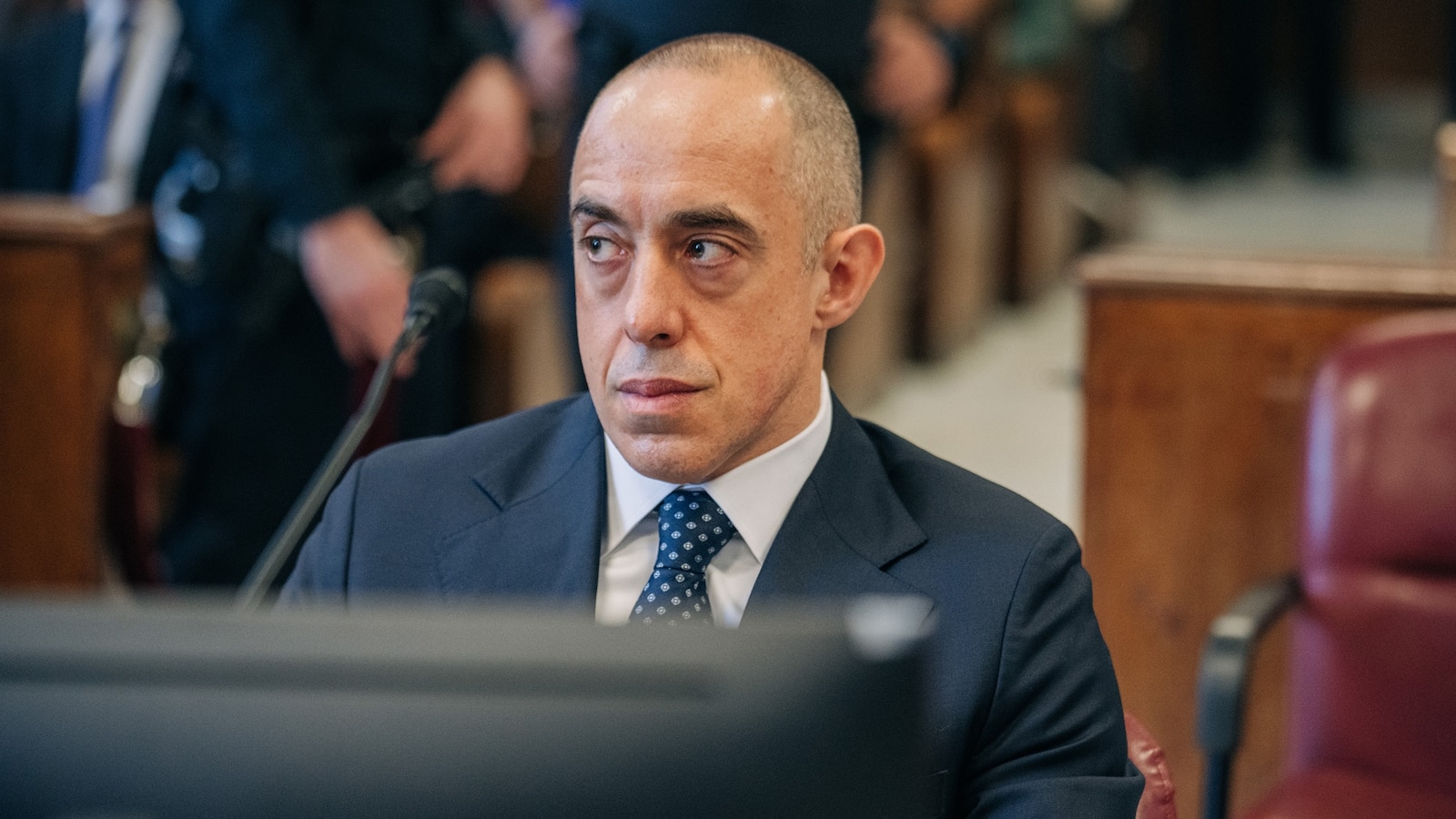Photographers Urged to Cut Weak Images for Portfolio Success

URGENT UPDATE: Photographers are being called to action as new insights reveal that the strength of a photography portfolio is critically tied to the weakest image it contains. This revelation, shared by photography expert Alex Cooke, emphasizes the importance of ruthless curation in showcasing only the best work.
In a digital landscape where attention is fleeting, Cooke argues that displaying just 10 exceptional images is far more impactful than a bloated portfolio filled with 50 mediocre ones. He stresses that potential clients judge an artist based on the weakest image they see, fundamentally altering their perception of skill and professionalism.
Cooke highlights a startling reality: the digital age has led photographers to become “digital hoarders,” accumulating thousands of images but often failing to distinguish between what is merely “acceptable” and what is truly “exceptional.” With unlimited storage and no film costs, the tendency to hold onto every shot can dilute the overall impact of a portfolio.
The stakes are high. A portfolio featuring a mix of strong and weak images can lead to costly misjudgments from clients, who may question reliability based on variable quality. Cooke illustrates this with a simple yet powerful example: if a photographer’s strongest image scores a 9 out of 10 while the weakest scores a 4, the overall impression is that of inconsistency.
The renowned photographers Ansel Adams and Henri Cartier-Bresson are cited as masters of curation, showcasing fewer than 50 images in their most famous exhibitions, demonstrating the value of selectivity. This principle is crucial for photographers today, as the market is flooded with talent competing for attention.
Cooke urges photographers to adopt a systematic approach to portfolio editing. This includes focusing first on eliminating obvious technical failures, followed by addressing conceptual redundancies, and finally evaluating the remaining images for a cohesive vision. He emphasizes that every image should serve a specific purpose in communicating the photographer’s artistic vision and technical competence.
The urgency of this message is compounded by the rapid pace of modern portfolio reviews. Clients typically spend only 2-3 seconds on each image before moving on. In this environment, images that require context to appreciate become liabilities. Cooke warns that photographers risk losing clients if their portfolios do not reflect consistent quality.
As the photography landscape evolves, the challenge of maintaining high standards in portfolio presentation becomes even more critical. Cooke’s advice is clear: prioritize quality over quantity to build a strong professional reputation.
In summary, the takeaway for photographers is clear: the time to act is now. By implementing rigorous editing practices and showcasing only the strongest work, photographers can significantly enhance their marketability and attract higher-value clients.
For those in the industry, Cooke’s insights are a wake-up call to reassess their portfolios and ensure that every image they present reinforces their credibility and artistic identity. The future of their careers may depend on it.






